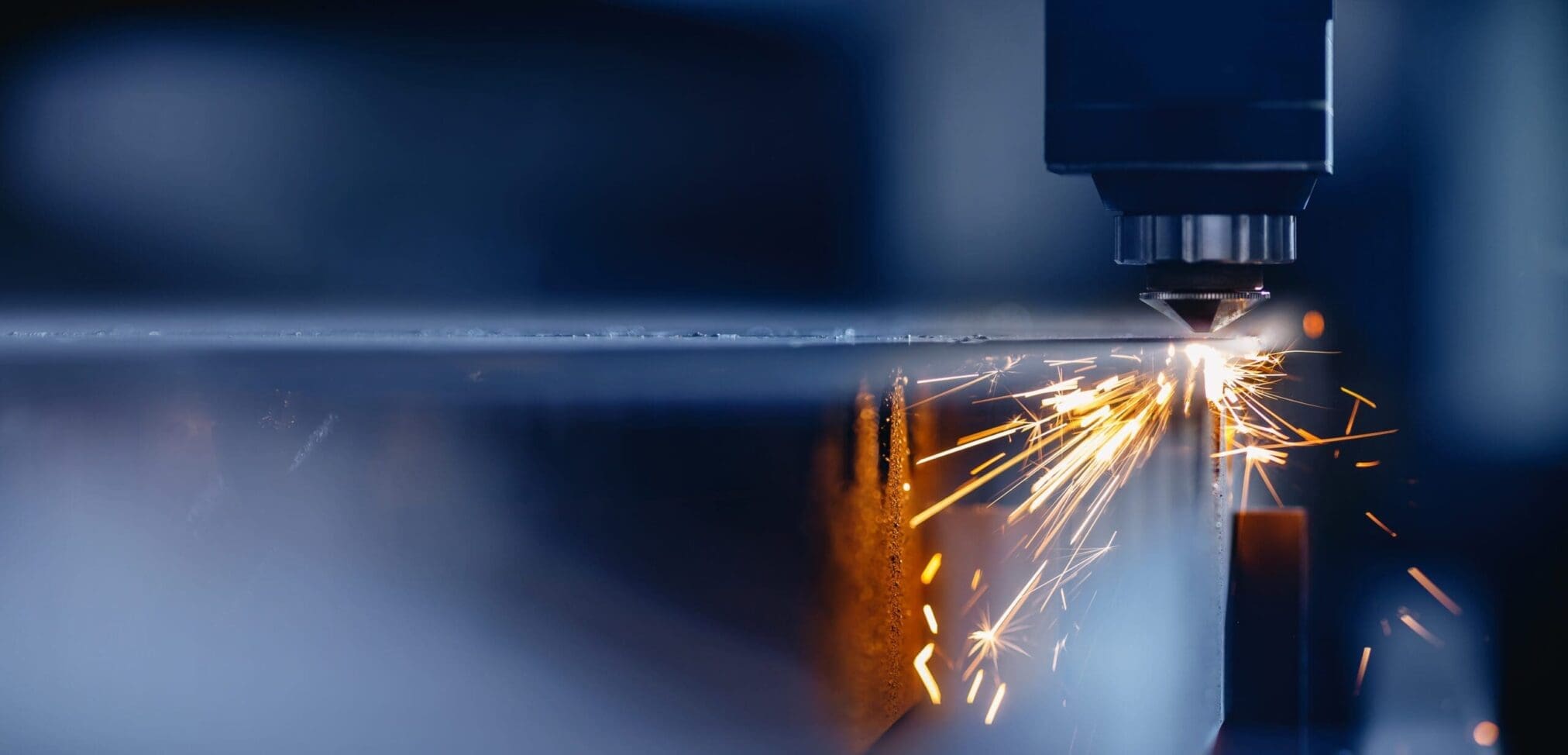Classification of medical devices under the Medical Devices Regulation (MDR)
Classification assessment is one of the first compliance steps manufacturers need to face when approaching a new market. Manufacturers of medical devices are ultimately responsible for classifying their medical devices. Nonetheless, there are various guidance documents and publications to consult to help determine the respective class of the device. The Medical Devices Regulation (MDR) revised the classification system compared to the previous legislation.
Characteristics of medical devices to determine the classification
For the application of classification and rules, there are several characteristics of the devices to consider. Most importantly, the intended use determines the classification.
Firstly, the manufacturer needs to define the medical purpose. Some examples of medical purposes are diagnosis, prevention, monitoring, prediction of diseases, or treatment and alleviation of injuries. Afterwards, the manufacturer needs to identify, among other characteristics, whether the device:
- Has a continuous use of not, or what the duration of use is
- Is an invasive device
- Is an active medical device
- Has a measuring function
- Is a systems or procedure pack
- Includes medicines
- Includes nanomaterials
Rules in the classification system of medical devices
Together with the class, the manufacturer must also assign a rule to their medical device. There are 22 rules. If more than one rule applies to a medical device, then the highest rule should be chosen. To choose the rule, the manufacturer must consider the intended purpose and all the device characteristics. Based on the rule chosen, the manufacturer can also determine the class. Similar to the classes, also the rules are grouped from the less complex to the most articulated device’s characteristics.
Classes of medical devices
There are four main classes of medical devices (Class I, IIa, IIb, III), grouping devices from the lowest to the highest risk. Except for class I devices (excluding class Is and Im), all medical devices require the intervention of a third-party conformity assessment body to obtain the CE marking -a Notified Body.
Medical devices can be classified as follows:
- Class I devices – This class includes non-invasive, everyday devices or equipment. Class I devices are generally low-risk and can include bandages, compression hosiery, or walking aids. Such devices do not require the involvement of a third-party conformity assessment body, the notified body.
- Class Is devices – Class Is devices are similarly non-invasive devices. However, this sub-group includes sterile devices. Examples of Class Is devices are stethoscopes, examination gloves, colostomy bags, or oxygen masks:
- Technical file
- CE Certification of manufacturing in conjunction with sterility standards
- Class Im devices – Similar to simple class I and class Is devices, class Im devices are also low-risk devices. Some examples of class Im devices are thermometers, droppers, and non-invasive blood pressure measuring devices. Additionally, the manufacturer must have the following:
- Technical file
- CE Certification of manufacturing in conjunction with metrology regulations
- Class IIa devices – Class Iia devices generally constitute low to medium risk and pertain mainly to devices installed within the body in the short term. Specifically, class Iia devices are those which are installed within the body for only between 60 minutes and 30 days. Examples include hearing aids, blood transfusion tubes, and catheters. Requirements include:
- Technical file
- Conformity assessment test carried out by a notified body
- Class IIb devices – Slightly more complex than IIa devices, class IIb devices are generally medium to high-risk devices and are often installed within the body for periods of 30 days or longer. Examples include ventilators and intensive care monitoring equipment. The compliance route is similar to the compliance route of Class IIa devices, with an added requirement of a device type examination by a notified body.
- Class III Devices – Class III devices are strictly high-risk devices. Examples include balloon catheters, prosthetic heart valves, pacemakers, and other complex devices. The steps to approval include:
- Full quality assurance system audit
- Examination of both the device’s design and the device itself by a notified body.
Classification consultation for manufacturers of medical devices
While determining the device classification falls under the responsibility of the manufacturer, as a Regulatory Consultancy, Obelis can provide manufacturers with experts’ opinions on the classification. Based, among others, on Instruction for Use (IFUs), Technical and intended use, and other information, our experts can suggest what legislation applies to the product and which class and rule might be the most pertinent in case the device is a medical device.


